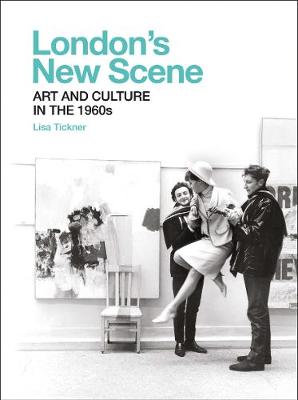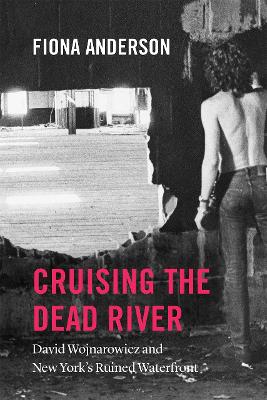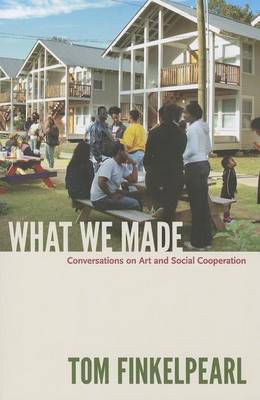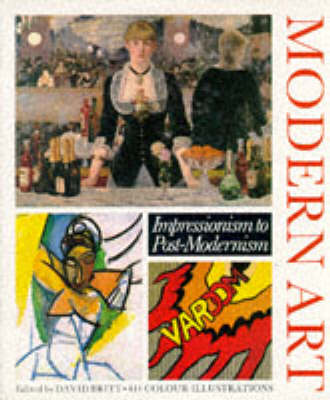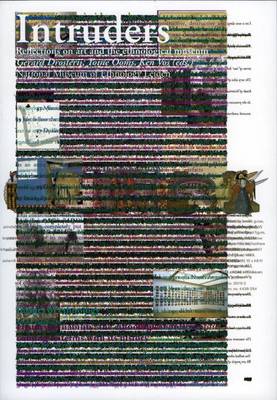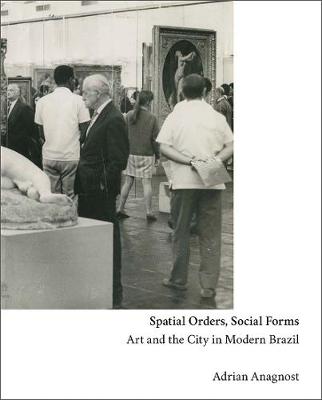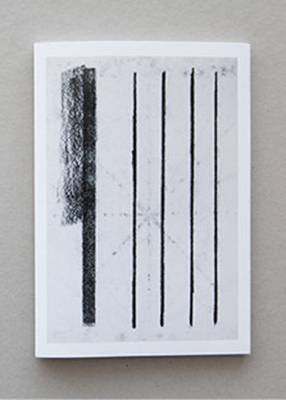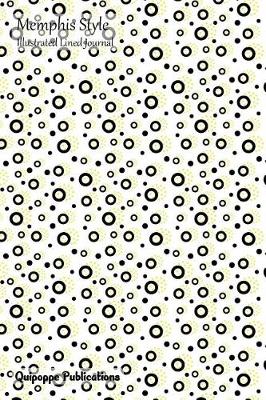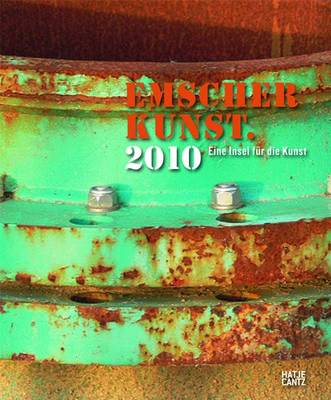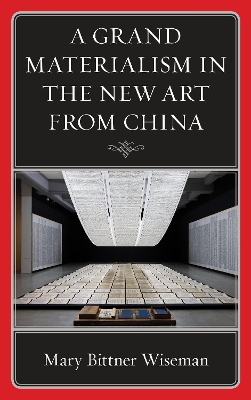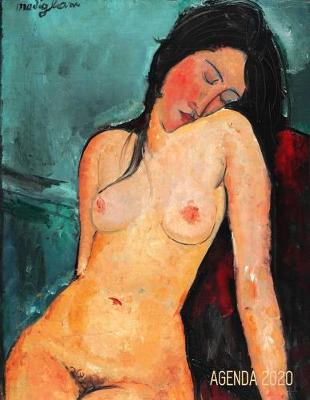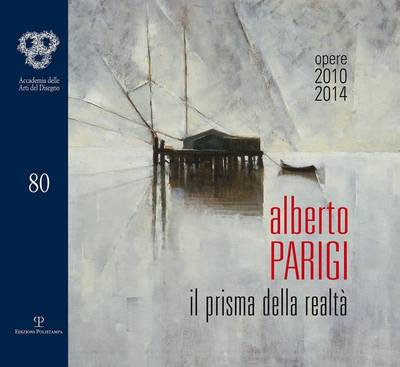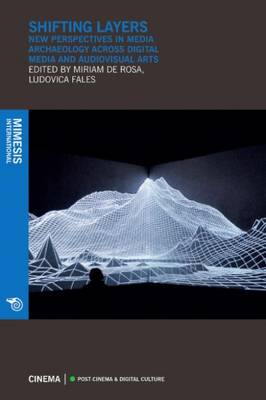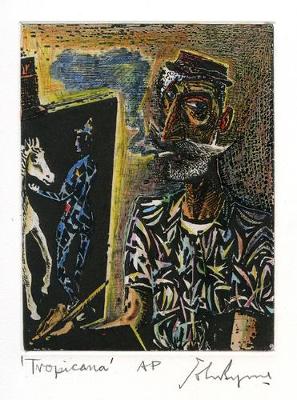A groundbreaking and extensively researched account of the 1960s London art scene In the 1960s, London became a vibrant hub of artistic production. Postwar reconstruction, jet air travel, television arts programs, new color supplements, a generation of young artists, dealers, and curators, the influx of international film companies, the projection of “creative Britain” as a national brand—all nurtured and promoted the emergence of London as “a new capital of art.” Extensively illustrated and r...
This is a sumptuously illustrated exploration of the work of contemporary artist Ann Kipling. Since 1960, drawing has been the sole form of expression of British Columbia-based artist Ann Kipling. This publication chronicles one calendar year (2009) during which time Kipling produced 141 drawings, each magnificently illustrated here. While Kipling's work is centred upon the outdoors, "landscape" is not a word that can be easily used to describe her work. Robin Laurence examines Kipling's attenti...
In the 1970s, Manhattan’s west side waterfront was a forgotten zone of abandoned warehouses and piers. Though many saw only blight, the derelict neighborhood was alive with queer people forging new intimacies through cruising. Alongside the piers’ sexual and social worlds, artists produced work attesting to the radical transformations taking place in New York. Artist and writer David Wojnarowicz was right in the heart of it, documenting his experiences in journal entries, poems, photographs, fil...
In What We Made, Tom Finkelpearl examines the activist, participatory, coauthored aesthetic experiences being created in contemporary art. He suggests social cooperation as a meaningful way to think about this work and provides a framework for understanding its emergence and acceptance. In a series of fifteen conversations, artists comment on their experiences working cooperatively, joined at times by colleagues from related fields, including social policy, architecture, art history, urban plann...
Artists' Laboratory 01: Ian McKeever RA (Artists' Laboratory, #1)
by Norbert Lynton and Paul Huxley
"The Artists Laboratory series" presents the more experimental and less familiar work of contemporary artists, opening up the creative process to explore the conceptual and practical concerns with which they engage. This first title focuses on the work that Ian McKeever made after moving to Hartgrove in Dorset. In response to this new environment he created a group of large, nearly monochromatic abstract paintings whose delicate bands and veils of paint evoke an altered experience of light and o...
Longlisted for the 2021 National Book Award for Nonfiction The Cold War was not just a contest of power. It was also about ideas, in the broadest sense - economic and political, artistic and personal. In The Free World, the acclaimed Pulitzer Prize-winning scholar and critic Louis Menand tells the story of American culture in the pivotal years from the end of World War II to Vietnam and stresses the rich flow of ideas across the Atlantic. How...
An introduction to modern art which covers most developments in the visual arts in the last hundred years. The texts written by art historians are up-to-date in approach and are supplemented by chronologies and bibliographies. Includes a gallery of 20th century art with an informed survey of the period.
A fascinating look at modernist urban planning and spatial theories in Brazilian 20th-century art and architecture Exploring the intersections among art, architecture, and urbanism in Brazil from the 1920s through the 1960s, Adrian Anagnost shows how modernity was manifested in locally specific spatial forms linked to Brazil’s colonial and imperial past. Discussing the ways artists and architects understood urban planning as a tool to reorganize the world, control human action, and remedy soci...
An engaging and sumptuously designed examination of the influence and impact of Buddhism on art in North America from the post-war period to the present. In Buddhist teaching, the concept of being in the present moment refers to a practice of living mindfully with full awareness of the world, including an awareness of the consequences of one's actions. It is a state of active presence combined with profound peace and joyful appreciation, each cumulatively embracing the potential of the eternal...
A Grand Materialism in the New Art from China (Philosophy and Cultural Identity)
by Mary Bittner Wiseman
In A Grand Materialism in the New Art from China, Mary Bittner Wiseman shows that material matters in the work of Chinese artists, where the goal is to call attention to its subjects through the directness and immediacy of its material, like dust from 9/11, 1001 Chinese citizens, paintings made with gunpowder, written words, or the specificity of its sites, like the Three Gorges Dam. Artists are working below the level of language where matter and gesture, texture and touch, instinct and intuiti...
Art and Gentrification in the Changing Neoliberal Landscape brings together various disciplinary perspectives and diverse theories on art’s dialectical and evolving relationship with urban regeneration processes. It engages in the accumulated discussions on art’s role in gentrification, yet changes the focus to the growing phenomenon of artistic protests and resistance in the gentrified neighborhoods. Since the 1980s, art and artists’ roles in gentrification have been at the forefront of urba...
Feminist motherhood is a surprisingly unexplored subject. In fact, feminism and motherhood have been often thought of as incompatible. Profound, provocative, and innovative, Feminist Art and the Maternal is the first work to critically examine the dilemmas and promises of representing feminist motherhood in contemporary art and visual culture. Andrea Liss skillfully incorporates theory with passionate personal reflections on the maternal, and in doing so she advances a fresh and necessary pers...
Shifting Layers
Being Tracey: Life into Art (CV/Visual Arts Research, #147)
by Marina Vaizey
This is the special edition of John Byrne: Art and Life which incorporates a hand-coloured print, Tropicana, produced and signed by the artist in an edition of 50 exclusively for this publication. The print will be packaged with the book in a slipcase.John Byrne (b.1940) grew up on the Ferguslie Park housing scheme in Paisley. He escaped work in a carpet factory to study at the Glasgow School of Art, and has since carved out a successful dual career as an artist and a writer. This is the first m...
